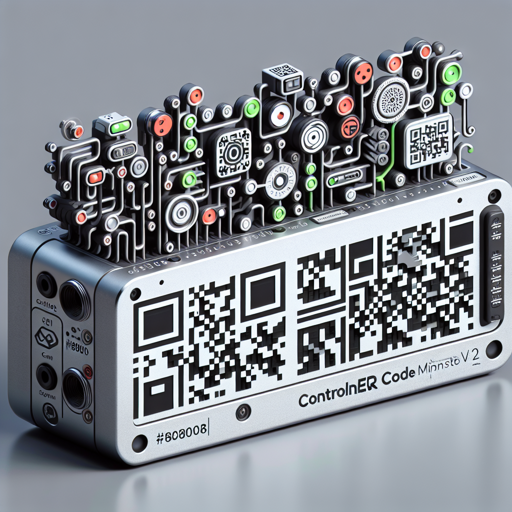If you’ve ever wondered how to design QR codes that not only serve their practical purposes but also look artistic, then you’re in the right place! Enter the Controlnet QR Code Monster v2—a powerful tool that allows you to generate creative QR codes while ensuring they remain scannable. In this guide, we’ll walk you through how to use this fascinating model, including useful tips and troubleshooting suggestions.
Model Description
The Controlnet QR Code Monster v2 is an upgraded version of the original QR code generator. This version enhances both the creativity and scannability of QR codes. Imagine a QR code shaped like a tree or adorned with architectural elements—all while still functioning perfectly!
One of the exciting new features is the integration of a gray background (#808080) that allows these codes to blend beautifully with various images. However, remember that the readability of some generated codes can vary, so be prepared to play around with parameters for the best outcome.
How to Use Controlnet QR Code Monster v2
- Condition: Pass QR codes as condition images with a module size of 16px. Opt for a higher error correction level to facilitate reading. Sometimes, however, using a lower level can yield better readability if the QR code’s size is small.
- Prompts: Craft careful prompts to steer the QR code generation. The output highly depends on the prompt, so don’t shy away from experimenting till you find something that works!
- Controlnet Guidance Scale: Set this value wisely—higher values yield more readable QR codes, while lower values unleash your creative flair.
Tips for Optimal Results
To maximize your QR code’s readability and creativity, consider the following strategies:
- Generate multiple QR codes with similar settings to select the best ones.
- Utilize the Image-to-Image feature effectively:
- Decrease the denoising strength to preserve more of the original image.
- Increase the controlnet guidance scale value for enhanced readability.
- For a typical workflow, max out the guidance scale, minimize the denoising strength, and then gradually increase the strength until the code scans perfectly.
Understanding the Code Generation Process: An Analogy
Think of generating a QR code as a chef creating a gourmet dish. The chef (you) has several ingredients (parameters) at their disposal:
- The condition images are like the base ingredients that provide the essential flavor of the dish.
- Prompts act like the chef’s spice—adding a distinctive touch that influences the final outcome dramatically.
- The controlnet guidance scale resembles the serving size: too much will leave you full (readable), while too little might result in a dish that’s merely pleasant to look at but hard to enjoy (creative yet unreadable).
By adjusting these variables, you can whip up QR codes that are both delectable to the eye and easily scannable!
Example Outputs
Here are some stunning examples of creative QR codes you can produce using this model:
Feel free to experiment with prompts, parameters, and the Image-to-Image feature to achieve the perfect QR code output. Good luck and have fun!
Troubleshooting
If you encounter any issues, here are some troubleshooting suggestions to keep in mind:
- Ensure your prompts are clear and specific to improve generated outcomes.
- Adjust controlnet guidance scale values based on your needs—more creative designs may require a lower scale.
- Experiment with different condition images, as their quality can significantly impact output.
- For more insights, updates, or to collaborate on AI development projects, stay connected with fxis.ai.
At fxis.ai, we believe that such advancements are crucial for the future of AI, as they enable more comprehensive and effective solutions. Our team is continually exploring new methodologies to push the envelope in artificial intelligence, ensuring that our clients benefit from the latest technological innovations.




